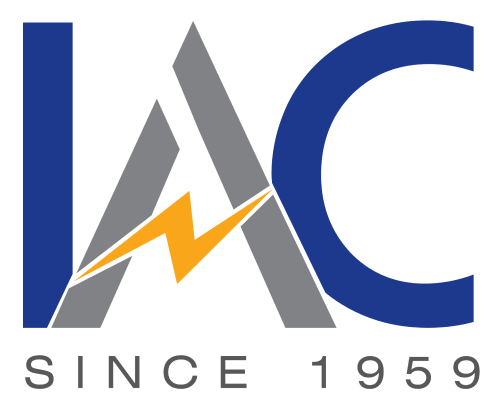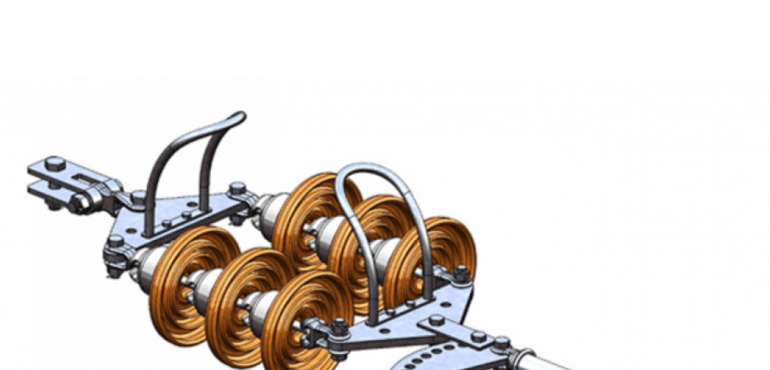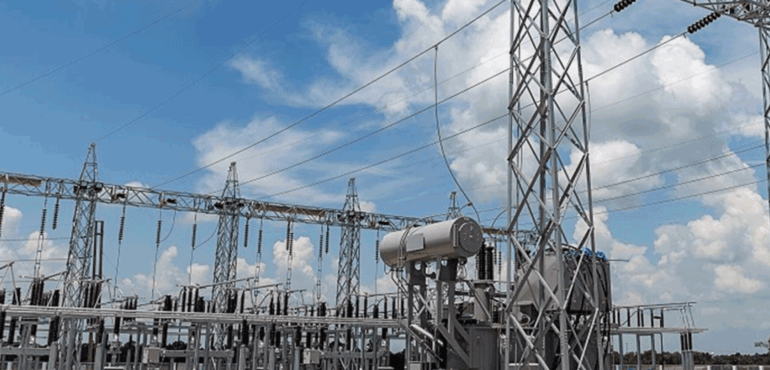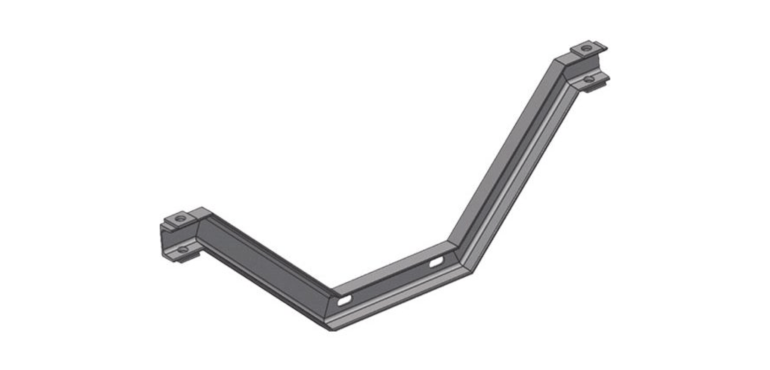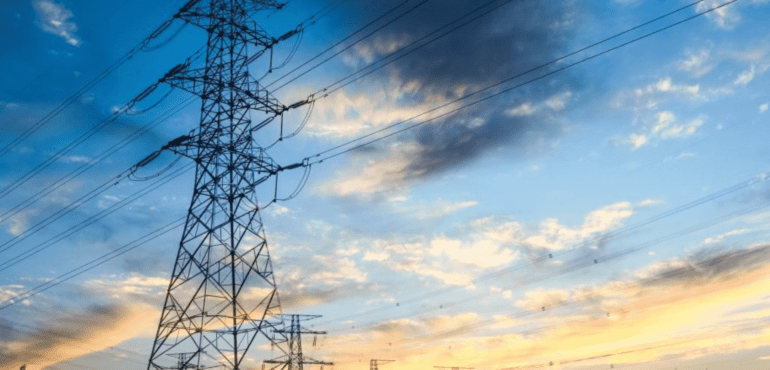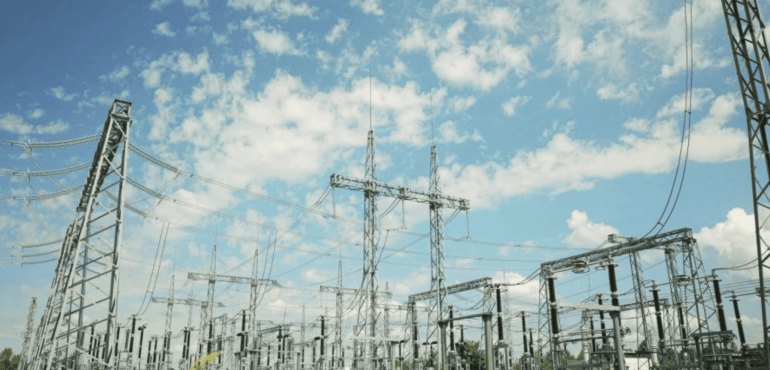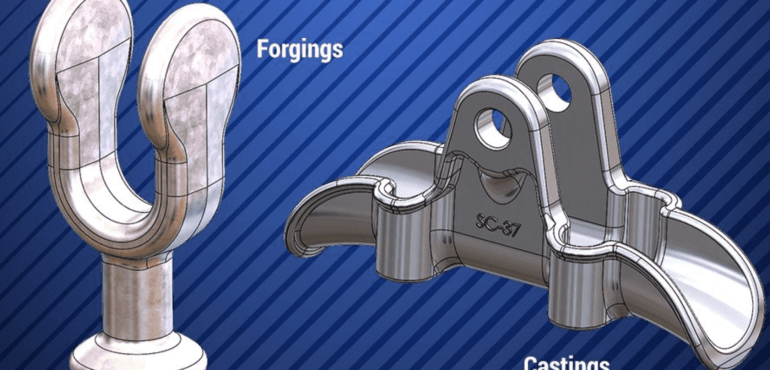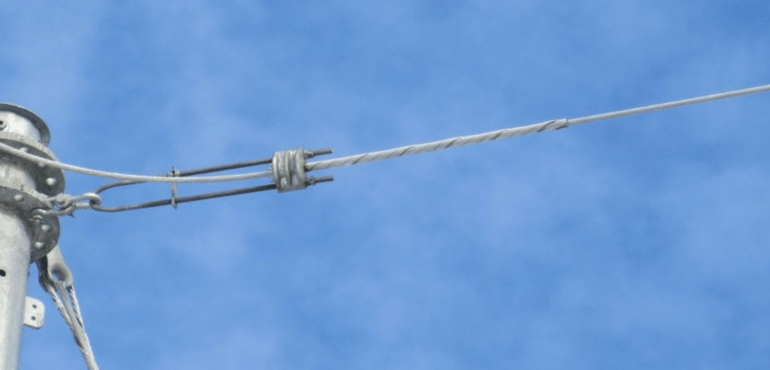Transmission cables are the lines that transfer bulk electricity power through overhead lines and transmission underground cables. The big electricity towers that we see around us are the ones that use such transmission line hardware. Transmission line hardware fittings manufacturers in India now offer international quality for transmission fitting lines. There are various varieties of...
How does electricity reach our homes? This question isn’t just for the schoolers but do we know how electricity is transmitted from the power station to our kitchen? Are we aware of the electrical distribution system that carries this electricity? Subsequently, this won’t be a head-scratcher because we will make it simpler for you right...
Have you come across the large transmission towers in the fields or grasslands across the road? The elongated pyramidical tower with arms carrying the transmission lines is a gigantic structure that requires dexterity to build. The arms that carry the line and support the structure are called electrical cross arms. An electric arm is a...
Earthing allows the immediate discharge of current in cases of leakage or short-circuits to reach directly to the earth plate without causing any damage. It is one of the most vital processes as it makes electrical equipment and building safe for a long time at an affordable cost. Earth is the largest conducting surface, and...
The production of energy is a significant aspect, but it’s also necessary to consider how this electricity is transferred from the power plants to the substations and then to the customers. Transmission and distribution lines perform this task. Transmission lines are long conductors with specialised designs (bundled) that are used to transport large amounts of generated electricity...
The fixtures and appliances in a home receive electricity from a residential electrical distribution system. It gets its energy from the neighborhood distribution grid, which serves a certain area of the town or county. Through a substation, the latter is linked to a high-voltage transmission network that transmits electricity from the source, a power-producing plant,...
Aerial bundled cables (ABC) is a contemporary concept for Over Head Power Distribution. When compared to the conventional bare conductor OH distribution system, ABC provides higher safety and reliability, easy & safe installation in difficult Terrain, reduction in Distribution losses, stability in voltage regulation and ultimate system economy by reducing installation, maintenance and operation cost....
Casting & Forging are different processes used for forming metal. While casting and forging are both reliable ways to create metal, the result is different with their own share of advantages and disadvantages. Casting is the process where the metal is heated until molten. However, in forging the metal is never heated to the point...
During the transmission line installation, choosing cables that can withstand environmental hazards such as storms, rain, etc., is imperative. Moreover, they should be strong enough to support the installation length. Along with that, as a precautionary measure, you must check the product quality and tensility. Keeping all these factors in mind, the most used are OPGW...


